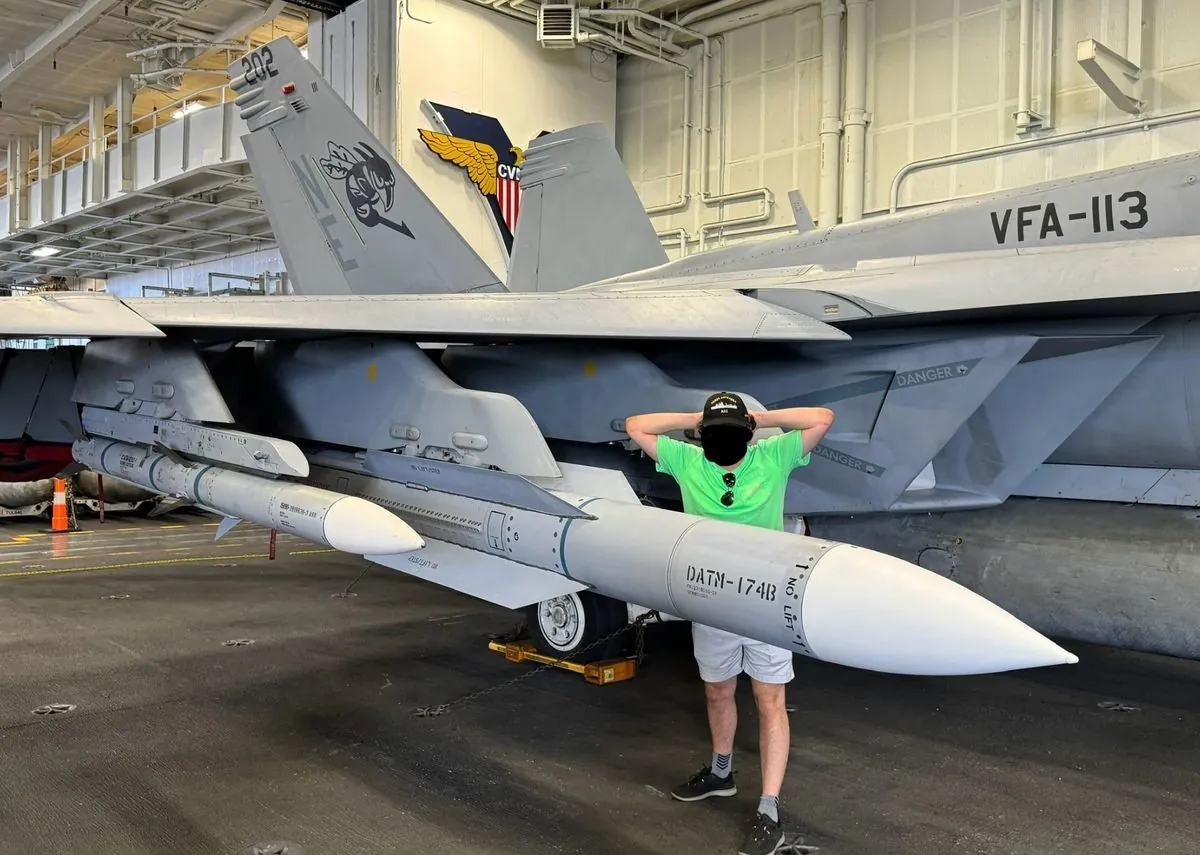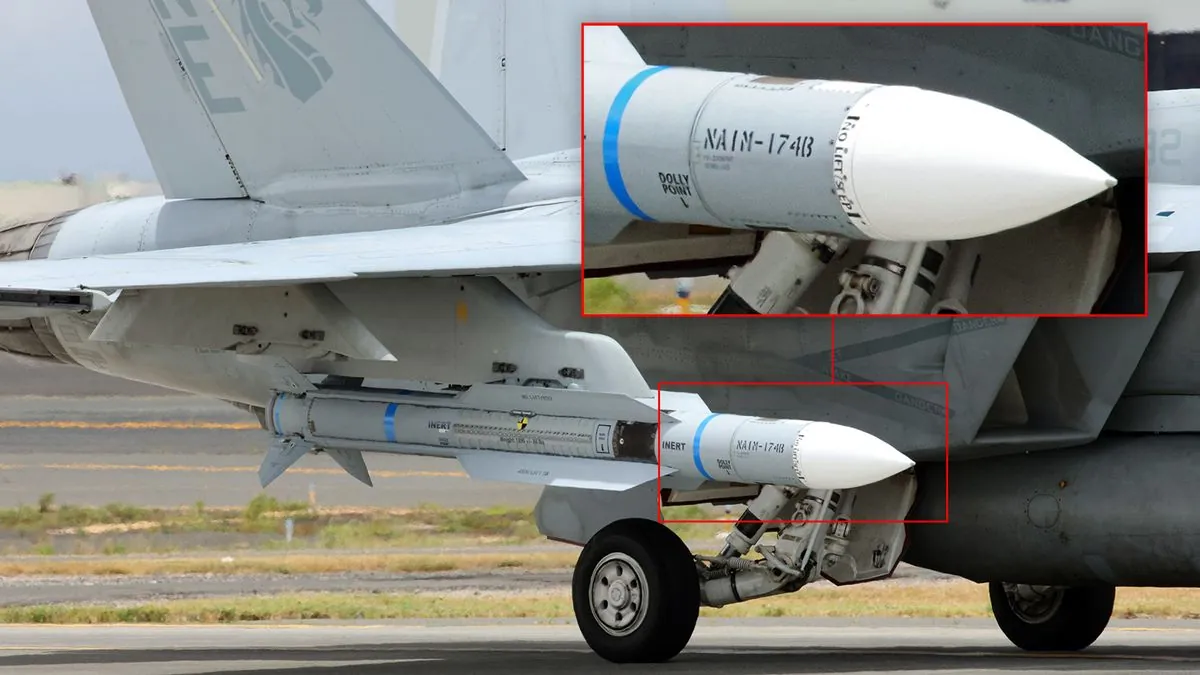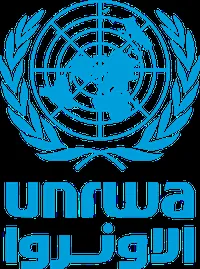U.S. Navy's New Long-Range Missile Shifts Power Balance in Indo-Pacific
The U.S. Navy's deployment of the AIM-174B missile in the Indo-Pacific region challenges China's aerial advantage. This new weapon outranges Chinese counterparts, potentially altering strategic dynamics in potential conflicts.

The United States Navy has introduced a game-changing weapon in the Indo-Pacific region: the AIM-174B missile. This development, officially acknowledged in July 2024, marks a significant shift in aerial combat capabilities, potentially neutralizing China's previous advantage in long-range engagements.
The AIM-174B, an adaptation of the Raytheon SM-6 air defense system, boasts an impressive range of approximately 400 kilometers (250 miles). This extended reach surpasses that of China's PL-15 missile, allowing U.S. aircraft to engage targets from safer distances. The new missile's capabilities are particularly crucial in the context of the South China Sea, a vast 3.5 million square kilometer area where potential conflicts could unfold.

One of the AIM-174B's key advantages lies in its compatibility with existing systems. Derived from the SM-6, originally designed for ship-based air defense, the new missile benefits from established production lines. This approach ensures a quicker deployment compared to entirely new weapon systems. Additionally, the AIM-174B is compatible with aircraft operated by U.S. allies, notably Australia's F/A-18E/F Super Hornets.
The strategic implications of this new weapon are significant. In potential conflict scenarios within the First Island Chain - a concept in Chinese military doctrine extending from Indonesia to Japan - the AIM-174B could allow U.S. forces to operate more safely. It enables the protection of high-value assets like aircraft carriers while maintaining the ability to strike critical Chinese targets, such as command-and-control aircraft.
Chieh Chung, a researcher at the Association of Strategic Foresight in Taipei, notes:
This capability addresses a previous vulnerability where U.S. aircraft had to venture deeper into contested airspace to engage targets effectively.
The development of the AIM-174B also reflects the evolving nature of aerial combat technology. For decades, the U.S. relied on its stealth aircraft advantage, utilizing shorter-range missiles like the AIM-120 AMRAAM. However, the emergence of Chinese stealth fighters like the J-20, coupled with the long-range PL-15 missile, challenged this supremacy. The AIM-174B serves as a rapid response to this shift in the balance of power.
While the AIM-174B provides an immediate solution, the U.S. Air Force continues work on the secretive AIM-260 project, initiated at least seven years ago. This parallel development underscores the ongoing arms race in long-range air-to-air missile technology.
The introduction of the AIM-174B raises questions about future applications beyond air-to-air combat. Experts suggest potential adaptations for anti-radar or anti-ship roles, further expanding its strategic value.
As tensions in the Indo-Pacific region persist, the deployment of the AIM-174B represents a significant development in military technology and strategy. Its impact on regional dynamics and potential conflicts remains to be seen, but it undoubtedly alters the calculus for all parties involved in this complex geopolitical arena.


































